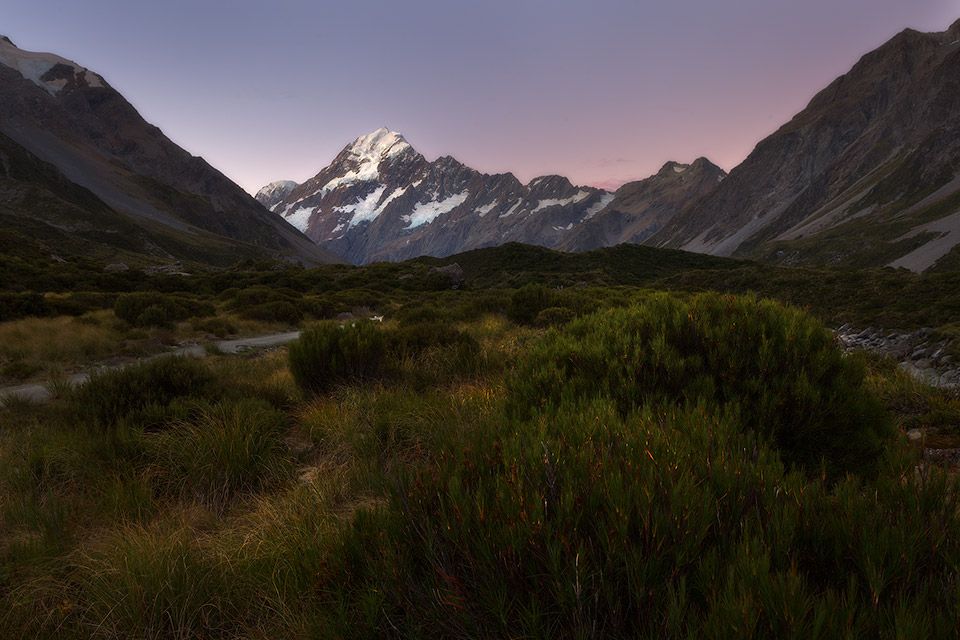I’ve noticed over the years as my photography has developed (pun intended!) that a trend has emerged.
It was probably only semi-intentional too, because I only recognised it as a pattern after it happened.
But now that I’ve recognised it, it makes a lot of sense.
What I’m talking about is how my photos favour the dark end of the histogram…
When I first started out experimenting with Photoshop (many moons ago), I was amazed at how much detail could be pulled out of the shadows in a RAW file.
And back then, I would process my shots to make those shadow details as bright and visible as possible.
But over time, I have learned how just because there is a lot of nice detail in the shadows, you don’t have to crank up their brightness to the max in order for them to look good.
I mean, with the techniques available you COULD still do that, so it becomes a question of using them in moderation and with intent.
For a long time now, my processing workflow has included a step where I even out the exposure of the shot I’m working on by lifting the shadows and lowering the highlights (blending exposures if needed) until the image looks quite “flat” and low contrast.
That flat starting point then kinda becomes a blank canvas for me to take the shot in whatever direction I want with the subsequent edits and adjustments.
It just so happens I’ve naturally leaned towards creating darker images (without necessarily realising it), even when shooting bright sunrises and sunsets.
Take the shot I’ve included at the top of this email for example.
There was a time I’d have brightened that foreground up as high as it would go to see every detail in every blade of grass.
But now, going the darker route makes for a much more subtle result.
With that said, the good thing about the workflow I use (and teach) is that once you get to that “evening out the exposure” stage as mentioned above, you are free to take your shots in whichever direction you like, be it darker, brighter, or anywhere in between.
If you want to learn my workflow and all the techniques responsible for creating this photo (and nearly all my others), and which will give you the freedom to process your images the way you want…
Talk soon
Steve


